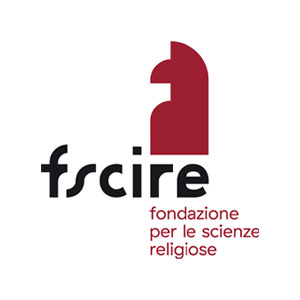Portugal
RELIGIOUS MINORITIES IN PORTUGAL
In the 19th century, the Catholic religion continued to be the official religion of the State, although with new attacks on religious orders and confiscation of their property and some gains for freedom of conscience and expression and for the private religious freedom of foreigners. In 1910, the republic was proclaimed and religious freedom and the separation of Church and State were decreed, in the midst of new nationalizations of ecclesiastical property. The relations between the Church and the State assumed new points of tension that the Concordat of 1940 tries to attenuate. The freedom of religious confessions made small advances with the 1933 Constitution of the Estado Novo and, later, with the Religious Freedom Law of 1971. But it was after the Carnation Revolution of April 25, 1974, and especially with the promulgation of the 1976 Constitution, that religious freedom and the separation of religious communities from the State were definitively assured. The culmination of this long and tumultuous process is represented by the Religious Freedom Act of 2001 and the Concordat of 2004. Since then, religious freedom, of the majority and minorities, has known broad and effective protection unprecedented in the country's history.
This aspect must be underlined, due to its importance. There have always been religious minorities in Portugal, such as Jews and Muslims. Over the centuries, due to the circulation of ideas and people, minorities of Protestants, Evangelicals, Adventists, Jehovah's Witnesses or Mormons emerged; it is impossible to mention them all. In the past, when they were not openly persecuted, they could be legally and socially discriminated against. The 2001 Religious Freedom Act radically changed the situation, creating a climate of equal religious freedom and even interreligious solidarity. This is visible, for example, when different religious communities take joint positions on divisive issues such as abortion or euthanasia. The latest census of 2021 shows that Catholics are 80.2% of the population, Orthodox 0.88%, Muslims 0.4%, and Jews 0.033%. On the other hand, in the last 10 years, Evangelicals went from 0.84% to 2.1% of the population, the highest increase ever recorded. The same allows us to conclude that the 2001 law has allowed a true competition of religious ideas, although still bearing only slow and marginal effects. Jonatas Machado
RESOURCES

General information on minority issues (including some references to religious or belief ones) can be found at the page devoted to Portugal in Minority Rights Group International, World Directory of Minorities and Indigenous Peoples
The text of the Law on religious freedom 2001 is available at https://legislationline.org/
The list of the “rooted” RBMs in Portugal and the law that establishes the register of collective religious persons are available at the website of the Comissão da Liberdade Religiosa
A report on the Portuguese legal system and government policies about freedom of religion (with some references to religious or belief minorities) is provided in US Department of State. 2021 Report on International Religious Freedom: Portugal
See also ACN International, Religious Freedom in the World. Report 2021. Portugal
An analysis of the Constitutional Court case-law on issues concerning law and religion is provided by David Magalhães, Religious Freedom in Portugal. Problems and Solutions in Complex Times
Specifically on the BOs rights, data and information can be found in Humanist International. The Freedom of Thought Report. Portugal, 2021
For an analysis of the State-religions legal system see
J. Bacelar Gouveia, Religion and Law in Portugal, Alphen aan den Rijn: Kluwer Law International, 2019
V. Canas, State and Church in Portugal, in G. Robbers (ed.), State and Church in the European Union, Baden-Baden, Nomos, 2019, pp. 483-510
A sociological analysis of religious minorities can be found in J. Pereira Coutinho, Minorias religiosas em Portugal - Religious minorities in Portugal, in REVER (Revista de Estudos de Teologia e Ciências da Religião), v. 19, n. 1, jan/abr 2019, pp. 167-185


 MENU
MENU CLOSE
CLOSE









